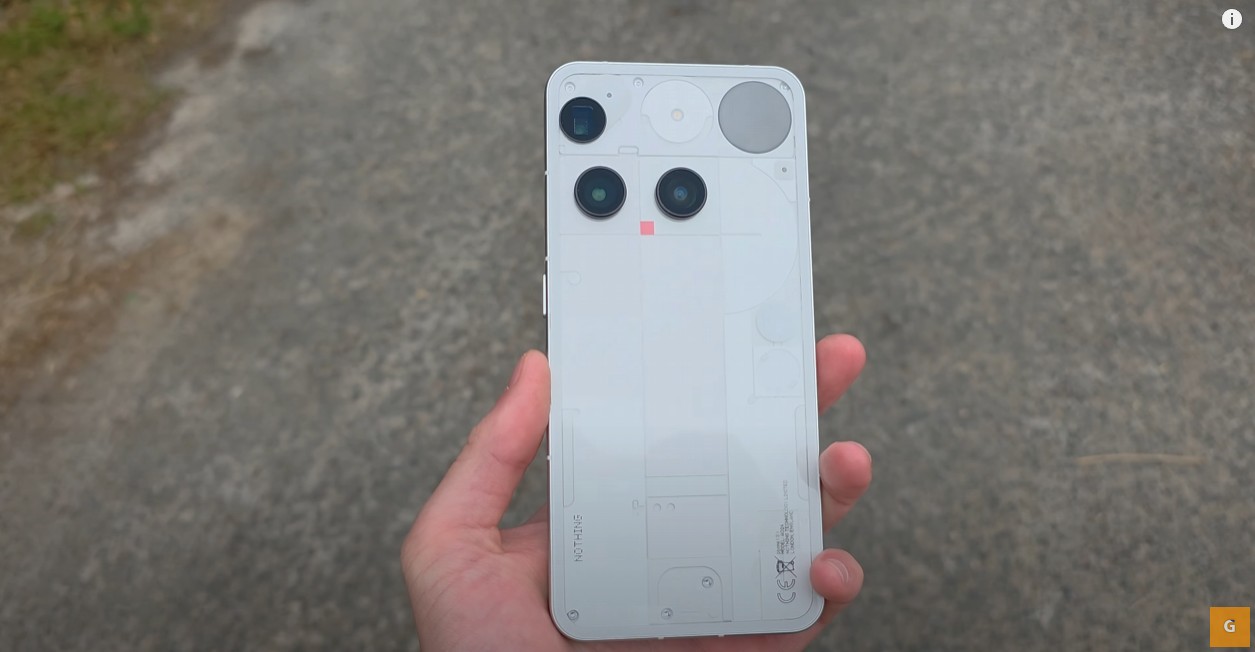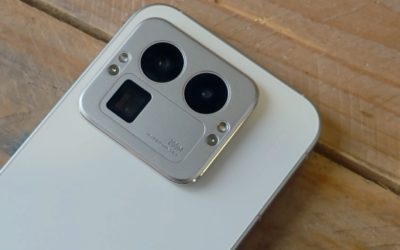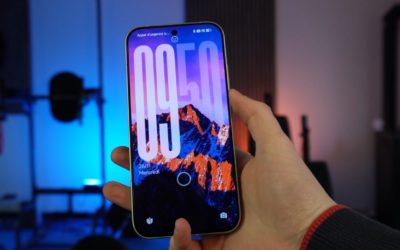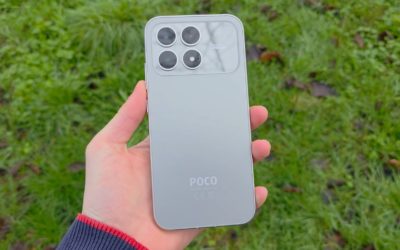The smartphone market is often monotonous. However, one brand is trying to break the mold with a unique approach. Nothing returns to the spotlight with its new flagship model: the Nothing Phone 3. This device is a real game-changer thanks to its design. Moreover, it offers a different philosophy from other Android phones. However, this device is also a source of controversy. My opinion on the product is, indeed, quite mixed. Discover our complete analysis of this decidedly unique smartphone.
An Ambitious Price Point
Let’s dive right into the main topic. The price of the Nothing Phone 3 is immediately surprising. Typically, Nothing offers affordable products with very respectable spec sheets for the price. This time, however, the strategy seems different. This phone is the most expensive ever created by the brand. Indeed, it is offered at a price of €850. For this price, you will have the choice between two colors: classic black and a pure white. Consequently, this premium positioning is a real gamble for the brand.
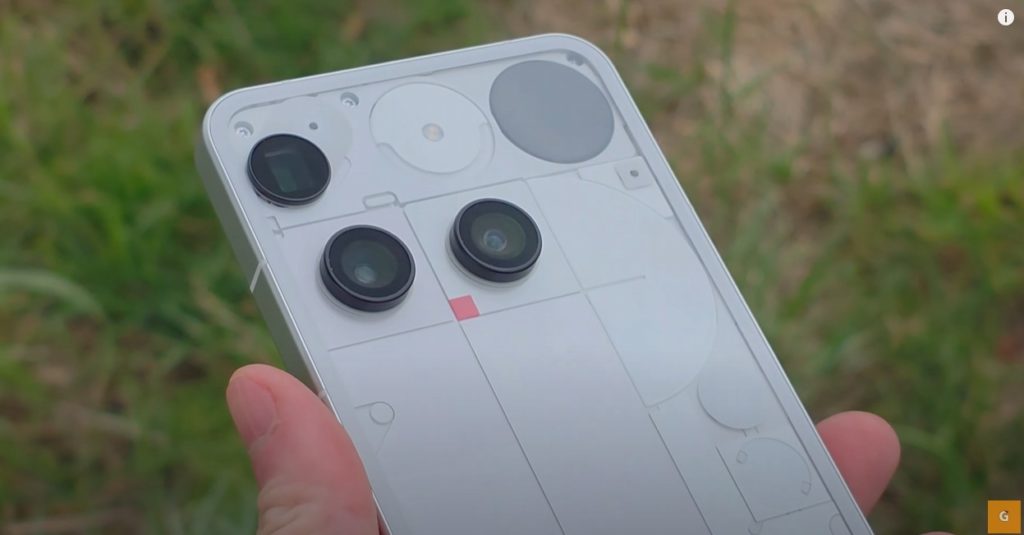
A Divisive Design
At first glance, the Nothing Phone 3 clearly stands out. Its aesthetic is definitely out of the ordinary. Nevertheless, this design can also be divisive. A poll conducted on our Instagram account confirms this. Overall, opinions were very mixed. On one hand, some find it too avant-garde. On the other hand, others regret a loss of identity.
Goodbye Glyph, Hello Glyph Matrix
The most notable change is on the back of the phone. Thus, the original Glyph interface has all but disappeared. It gives way to a new feature: the “Glyph Matrix.” Furthermore, the placement of the camera sensors seems a bit random, which is now part of Nothing’s new DNA. The “Glyph Matrix” is therefore the most visible new feature. In other words, it replaces the old light signature. The idea itself is not bad, as it modernizes the brand’s approach.
A Premium Finish Nonetheless
If we set aside these design choices, the finish is excellent. The phone is very well assembled. You will find flat edges and well-placed buttons, with a layout reminiscent of a Google Pixel. Additionally, on the right edge, an extra button appears. This is the “Essential Key,” which we will return to in more detail.

A Bright and High-Performing Screen
The Nothing Phone 3 features a large screen. Its 6.67-inch panel covers 88% of the front surface. Interestingly, the bezels are very thin and uniform, which enhances the feeling of immersion. The screen offers a high resolution of 2800 by 1260 pixels. It also reaches a peak brightness of 4500 nits, ideal for HDR content.
The refresh rate reaches 120 Hz. Be aware, however, that this is not an LTPO panel, but an LTPS technology. Specifically, this means the screen cannot drop to 1 Hz, which slightly affects energy efficiency on still images. Despite this, the screen is vibrant and very bright. The colors are rich without being oversaturated, and readability in direct sunlight is therefore excellent. In short, this screen is perfect for gaming or watching videos.
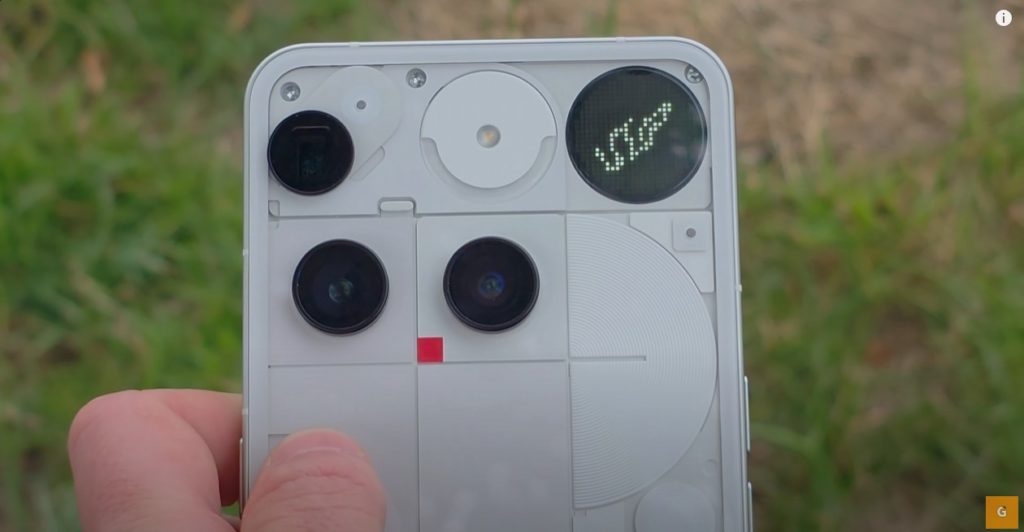
Performance: The Controversial Processor Choice
The other major controversy concerns the processor. For a casual user, the difference is invisible. However, Nothing buyers are often enthusiasts. The phone is equipped with the Snapdragon 8s Gen 3, built on a 4-nanometer process. The more powerful Snapdragon 8 Gen 3 is not present, even though many competitors at the €850 price point include it.
Admittedly, on paper, the 8s Gen 3 is less powerful. Yet, in benchmarks, it often surpasses the Google Pixel. The optimization of Nothing OS makes the interface perfectly fluid. Everything is fast and efficient in daily use. On the other hand, the gaming experience is more complex. On very demanding titles, concessions must be made. It is sometimes necessary to reduce the graphics to maintain 60 frames per second.

Solid Battery Life and Fast Charging
The Nothing Phone 3 is equipped with a 5150 mAh battery. It supports 65W wired charging, allowing you to get 50% battery in 20 minutes. 15W wireless charging is also available. In practice, the battery life is consequently excellent. The phone easily lasts a full day, even with very heavy use.
Nothing OS: Effective Simplicity
This is my first experience with Nothing OS. My first remark is simple: the interface resembles that of a Google Pixel with an icon pack. In summary, it’s a minimalist and ultra-fluid approach with a sleek design. A major advantage is that there are no useless pre-installed applications.
The Unique Features
The Glyph Matrix is a circular, monochrome mini-screen. This feature is composed of 489 micro-LEDs. Its main function is to display the time, battery level, or notification icons. Furthermore, it can also serve as a mirror for taking selfies with the main camera. It’s a nice idea, but one that feels a bit gimmicky.
The Essential Key is the physical button on the edge. It launches the Essential Space to organize your notes and voice memos. A long press starts an audio recording. This is handy for quickly capturing a sound. However, this button is not customizable, which limits its usefulness.

Camera: Uneven Potential
The camera setup is simple: all sensors are 50 megapixels. This includes the main sensor, the ultra-wide, the 3x optical zoom telephoto, and the selfie sensor. The TrueLens Engine 4 image processing enhances the final rendering.
My opinion is once again mixed. In good lighting conditions, the shots are excellent. They are detailed with vibrant and natural colors. Unfortunately, night photos are very difficult to get right. A lot of light is needed for a decent result. Finally, the autofocus can be finicky at times.
Should You Buy the Nothing Phone 3?
Ultimately, I am divided on this product. The user experience is excellent and refreshing, which is a real strong point. However, the price seems too high for the components inside. I also find that the brand is moving away from its initial philosophy.
At €850, more interesting alternatives exist, such as the Google Pixel 8 Pro or the Samsung S25. Nevertheless, buying a Nothing phone is about buying into a vision, a choice that must be taken into account.

